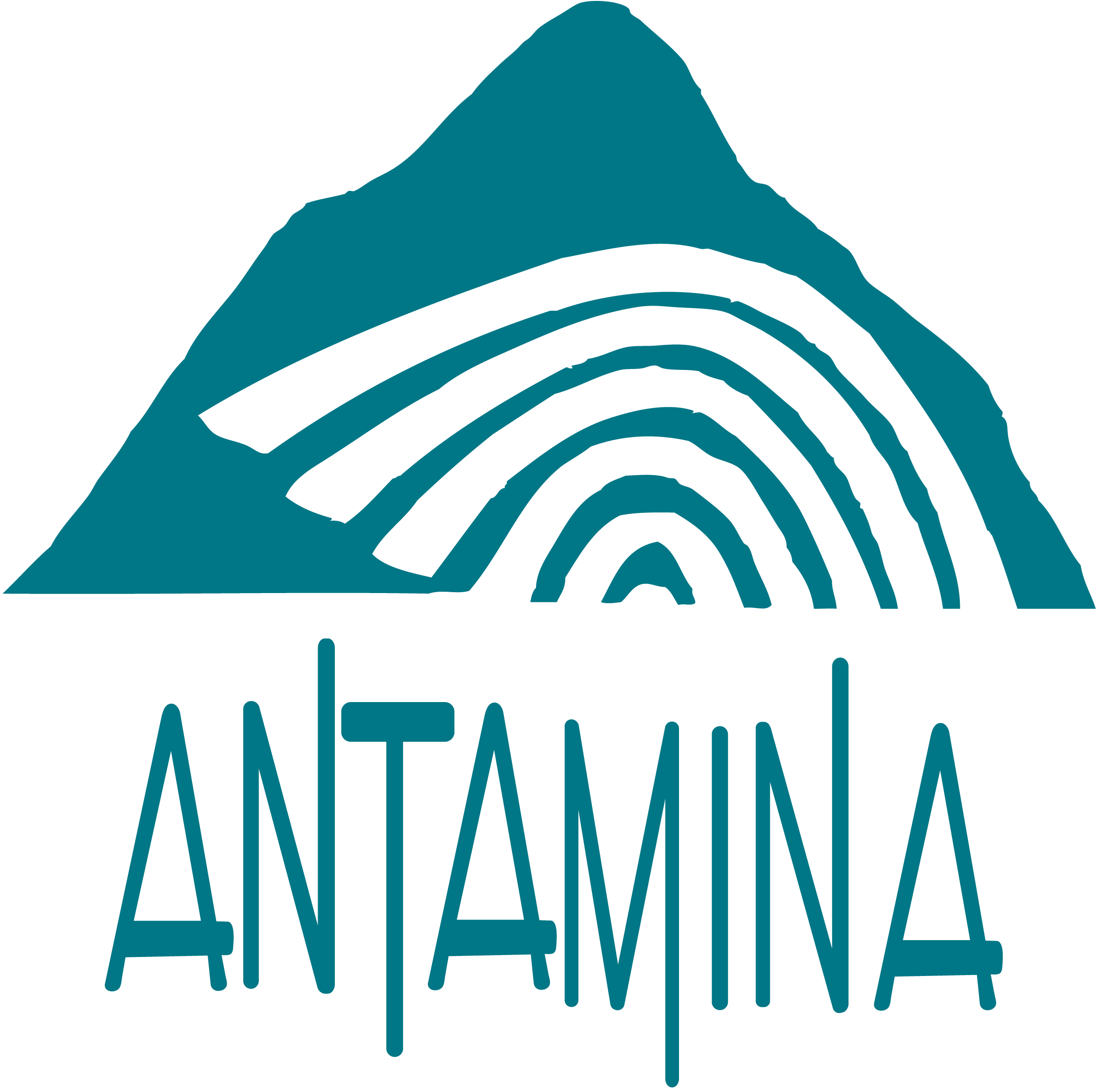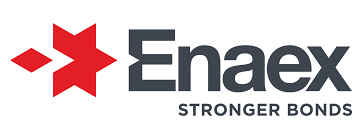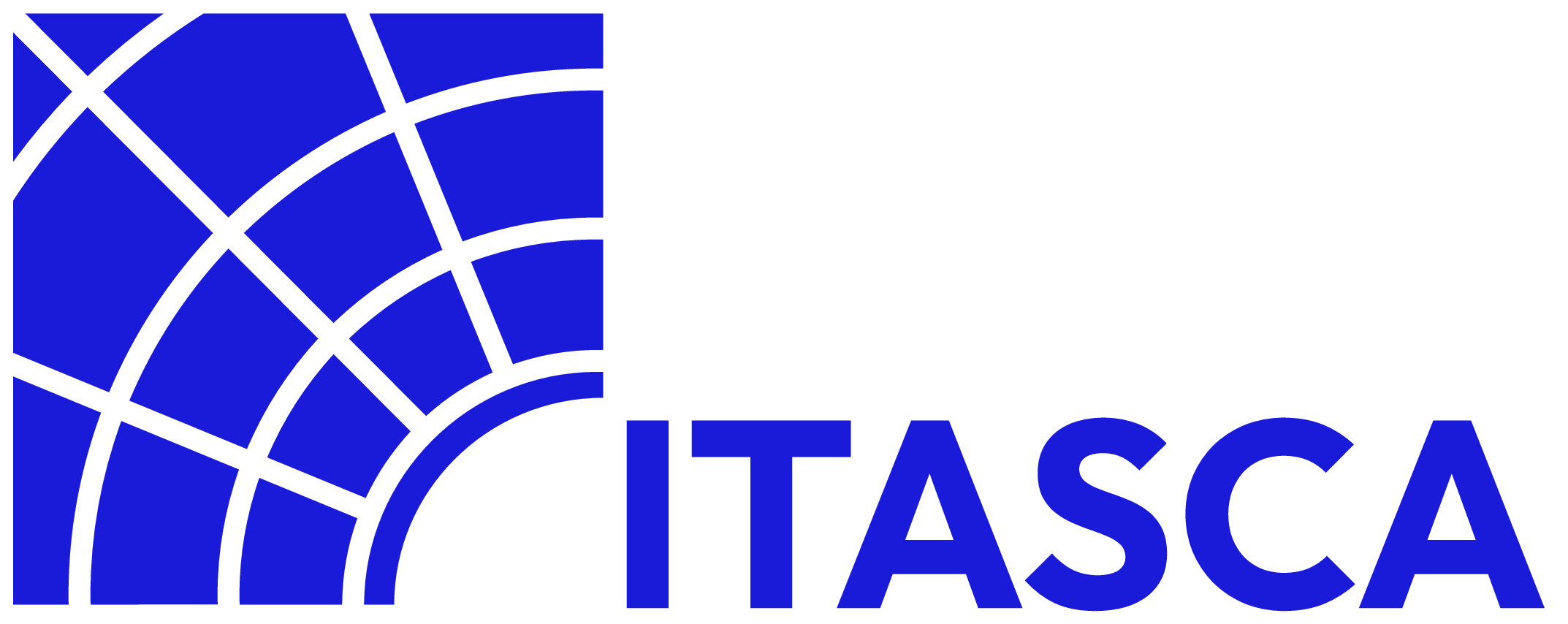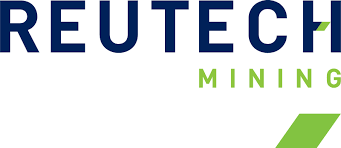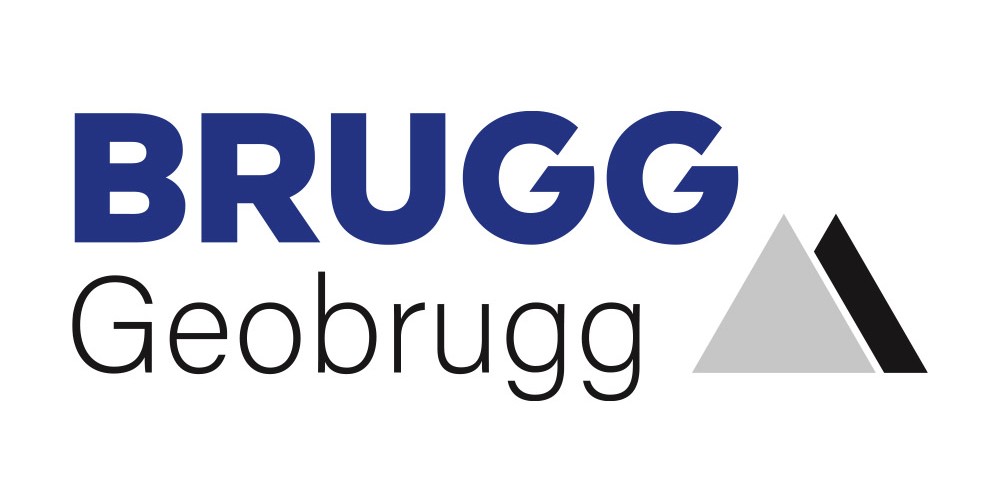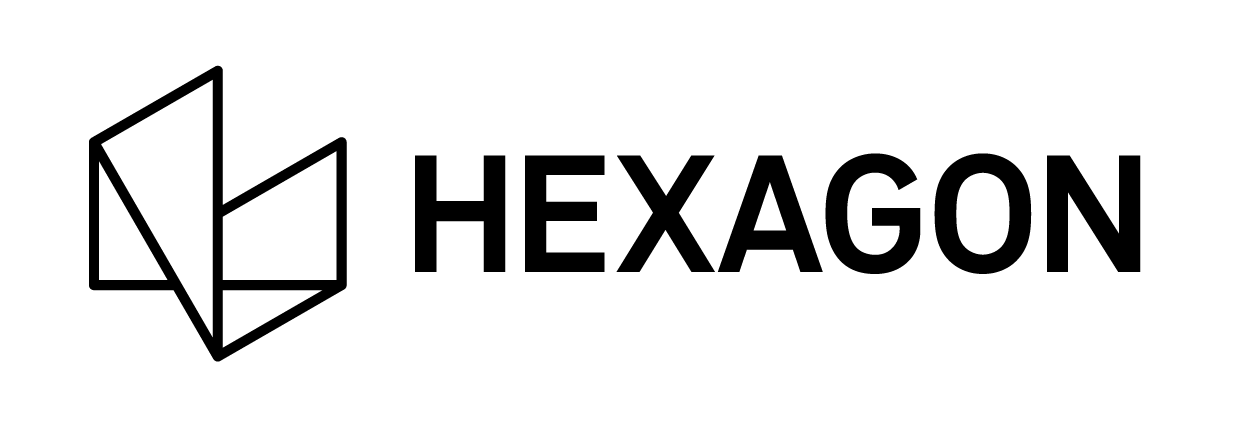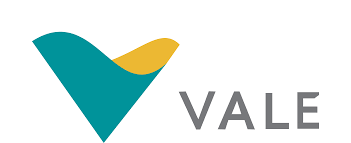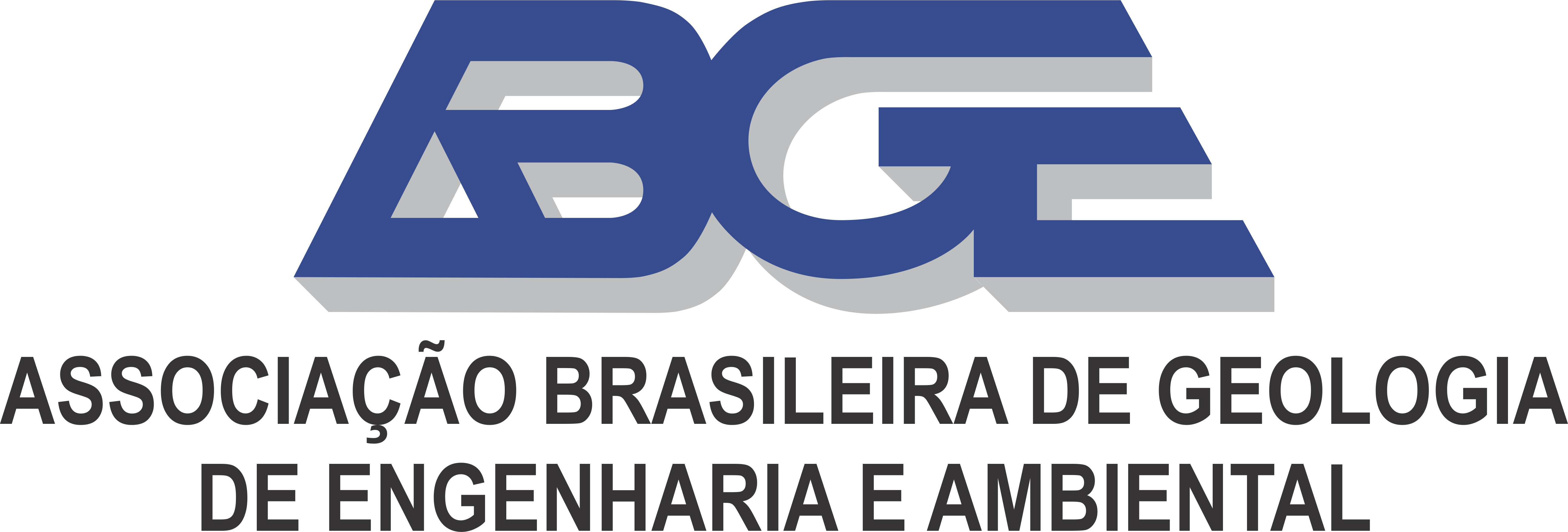Press Releases
Slope Stability 2026: Preventing rockfalls saves lives if the risk is managed early.
In the mining industry, the success of modeling for multi-level mining will depend on good geometry, calibrated parameters, and validation with actual field tests.
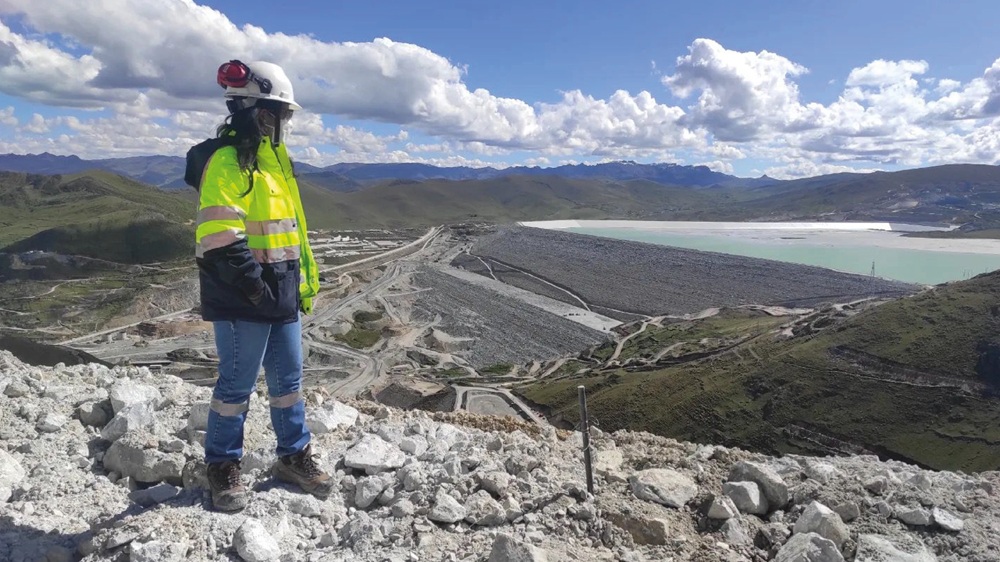
Lima, September 2, 2025. Fatal accidents due to rockfalls can be avoided by timely managing this risk in mining operations, stated Elizabeth Tasilla, General Supervisor of Geotechnics at Cerro Corona Gold Fields, during the webinar "Rockfall Modeling in Pits for Mining at Different Levels" as part of Slope Stability, a global event that will be held for the first time in Peru in 2026.
Tasilla gave the talk at the webinar organized by the Committee of Women in Geotechnics, where she specified that, in open-pit mining, one of the main risks associated with slope instability is rockfalls, classified as a frequent and potentially dangerous geotechnical event in the development of mining sequences at different levels, jeopardizing the safety of workers, equipment, and the continuity of production.
“In mining, we face different types of instabilities. Some can be predicted thanks to monitoring and instrumentation, while others, such as rock falls, are random, non-probabilistic events,” she said.
The geological engineer added that according to official figures, between 2007 and 2024, three out of every 10 fatal accidents in the Peruvian mining industry were caused by rock falls and landslides. “That is why it is important to reduce these figures through modeling and management.”
"Some causes include periods of frequent and intense rainfall, clogged channels, vibrations from blasting, infiltration, clogged sidewalks, and hanging rocks (fractured and unstable blocks) on a slope," he explained.
Risk Management
He explained that while there is currently no technology that can detect this risk, it is managed through a plan to identify critical areas. He emphasized that rockfalls are not an isolated phenomenon but rather a combination of various geotechnical, operational, and climatic parameters.
"With the help of existing technology and instrumentation, through walks and inspections by supervisors and field workers supported by drones and high-resolution cameras. We also have an annual plan for geotechnical events within our pits," he emphasized.
In this context, Tasilla noted that proper rockfall modeling is necessary to implement controls in a timely and effective manner, enabling safer and more planned mining operations.
He emphasized that the success of the modeling will depend on the correct geometry and calibrated parameters, which must be validated with field tests.
"We must begin with a topographic survey of the terrain, define bridge zones, characterize the slope surface and berms, use appropriate software (2D or 3D), calibrate with real events, evaluate results, and design controls," he stated.
SS2026
Slope Stability 2026 is organized by the Large Open Pit Project (LOP) and supported in Peru by the Peruvian Society of Geoengineering (SPEG) and the Institute of Mining Engineers of Peru (IIMP).






